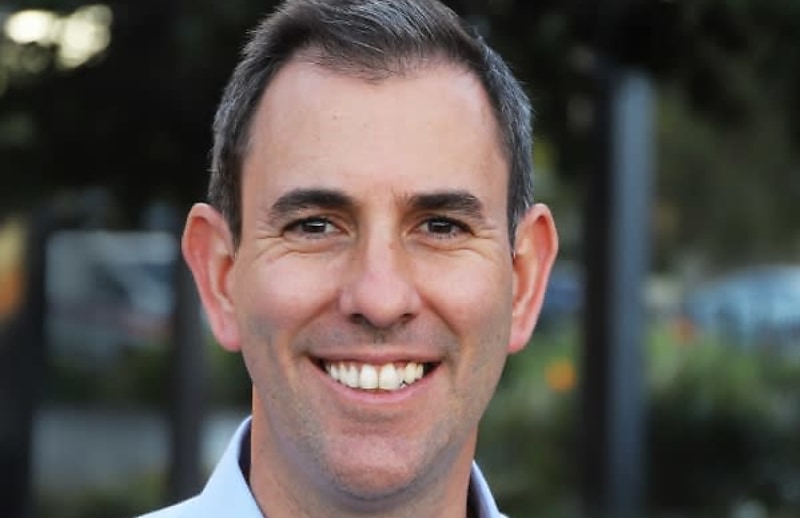Wages rose 3.7 per cent over the past year according to the latest data from the ABS, the fastest growth rate in more than a decade.
ABS acting head of prices statistics Leigh Merrington said the March quarter rise in the wage price index of 0.8 per cent pushed the figure above the 3.3 per cent growth rate in the year to December.
“Annual wages growth of 3.7 per cent is the highest since September quarter 2012, reflecting low unemployment, a tight labour market and high inflation,” he said.
Treasurer Jim Chalmers welcomed the result and said getting wages growing again was central to the government’s economic plan.
“It’s really pleasing to see that wages are moving after our predecessors spent a decade trying to deliberately suppress wages growth,” he said.
“We need to keep in mind that these are aggregate numbers and we know they might not impact everyone but this is another step in the right direction.
“We also understand that many households are still doing it tough from cost‑of living‑pressures and higher interest rates.”
The ABS data showed the private sector was the main driver of growth with an annual increase of 3.8 per cent, up from 3.6 per cent in the December quarter.
Public sector wages rose slightly faster over the quarter, at 0.9 per cent, pushing annual growth up from 2.5 per cent to 3.0 per cent thanks to enterprise agreement bargaining outcomes, scheduled rises and higher wage caps.
However, the ABS said the much larger size of the private sector meant it was the main driver of the decade-high figure.
“A number of private sector industries have recorded annual wages growth above 4 per cent, with the remaining industries all above 3 per cent annual growth,” Mr Merrington said.
However, Deloitte Access Economics said the average Australian would need to wait until the second half of 2024 before they saw real wage growth and the government should “be careful what you wish for”.
“If wage growth does move above 4 per cent in the next year it may signify embedded inflation and encourage the RBA towards more cash rate rises,” it said.
“A more modest pick-up in wages, while broader price growth comes down, will be a better outcome for squeezed household budgets.”
Mr Chalmers denied that wages growth would fuel inflation.
“Wages growth isn’t the problem when it comes to inflation, it’s part of the solution to the cost‑of‑living pressures Australians face,” he said.
“We seek wages growth which is strong and sustainable, and an economy which is more productive, competitive and inclusive.
“That’s why we’ve supported wage rises for minimum and award wage workers, we funded pay rises for aged care workers in the budget, we changed the law to support secure jobs and better pay, why we’re making it easier for parents to return to work, why we’re creating more TAFE and university places, and why we’re investing industries that create secure, well‑paid jobs.”
The ABS said annual wage growth was lowest in the public administration and safety industry (2.9 per cent) and highest in wholesale trade and other services industries (4.4 per cent).
Mr Merrington said an increasing number of jobs were receiving larger wage rises while a falling share were receiving smaller wage rises.
“Wage outcomes over the March quarter 2023 saw a continued lift in the share of jobs receiving wage rises of between 4 and 6 per cent, which is the highest share since 2009.”
“The share of jobs with a wage rise of 2 per cent or less has fallen from over 50 per cent in mid-2021 to less than 20 per cent.”
Across Australia, quarterly wage growth was highest in ACT at 1.3 per cent while Western Australia and Tasmania recorded the highest annual increase in wages at 4.1 per cent.
South Australia and the Northern Territory recorded the lowest quarterly growth at 0.6 per cent, with Territory also recording the lowest annual growth at 2.9 per cent.

 Login
Login







